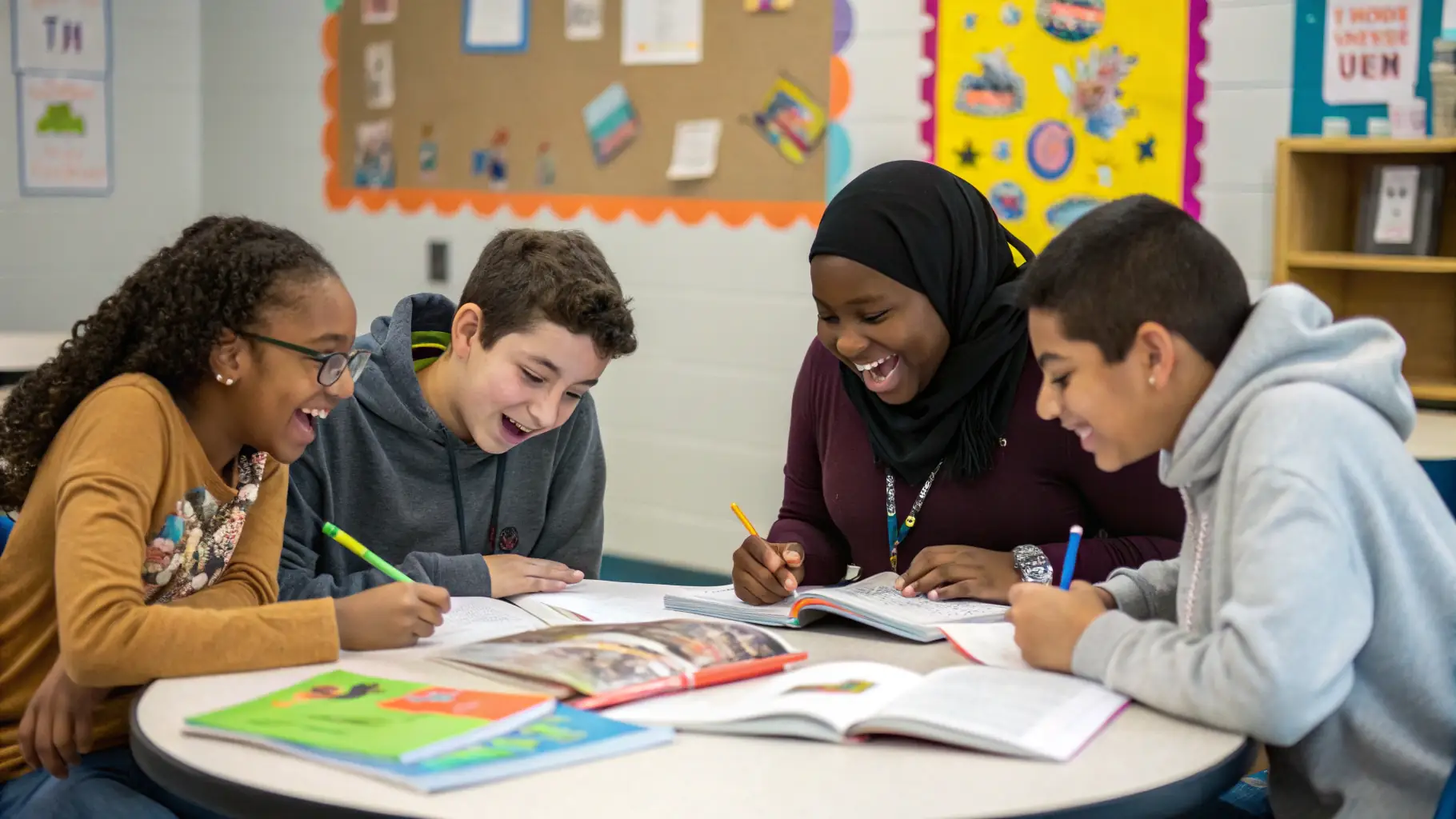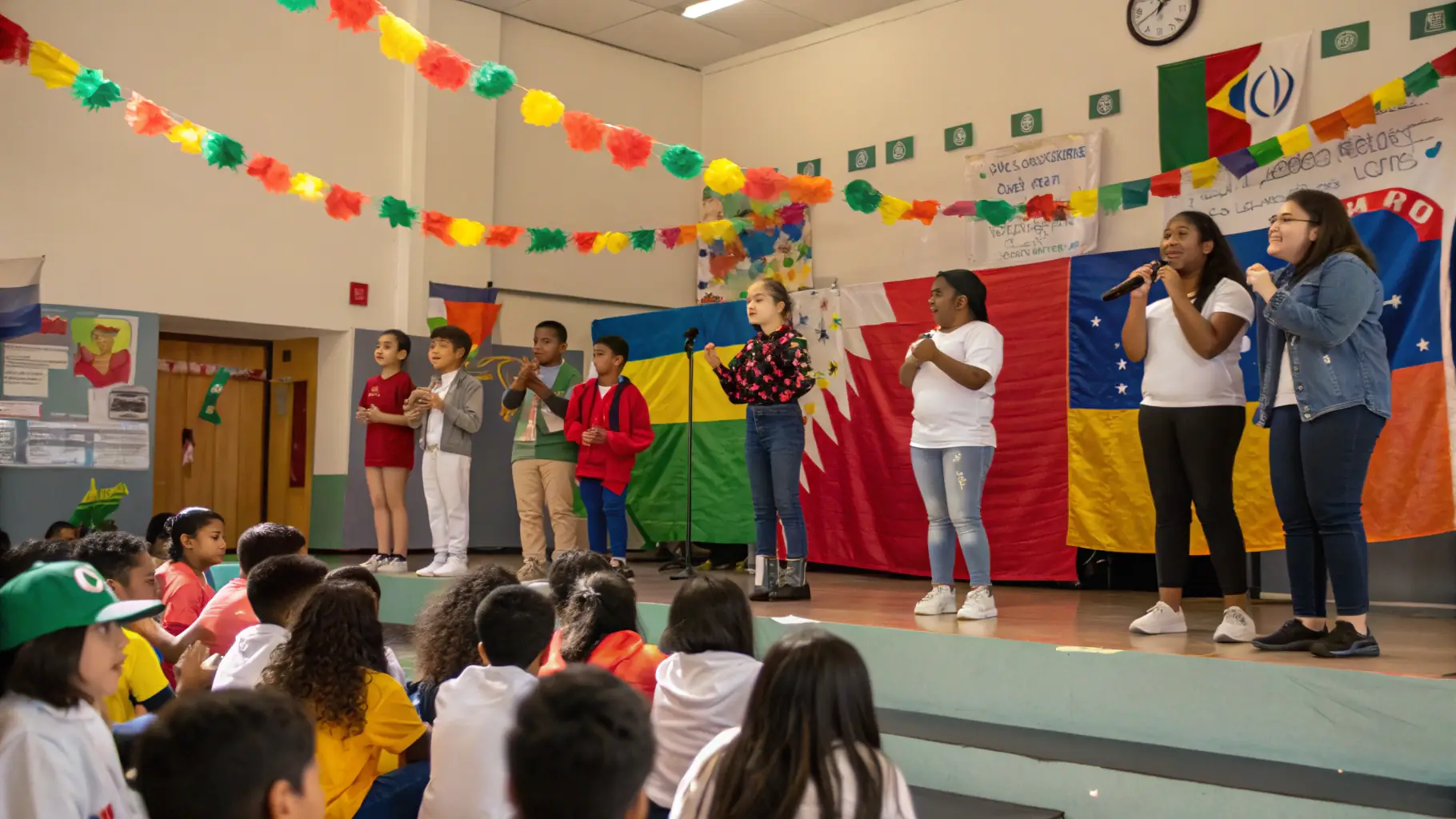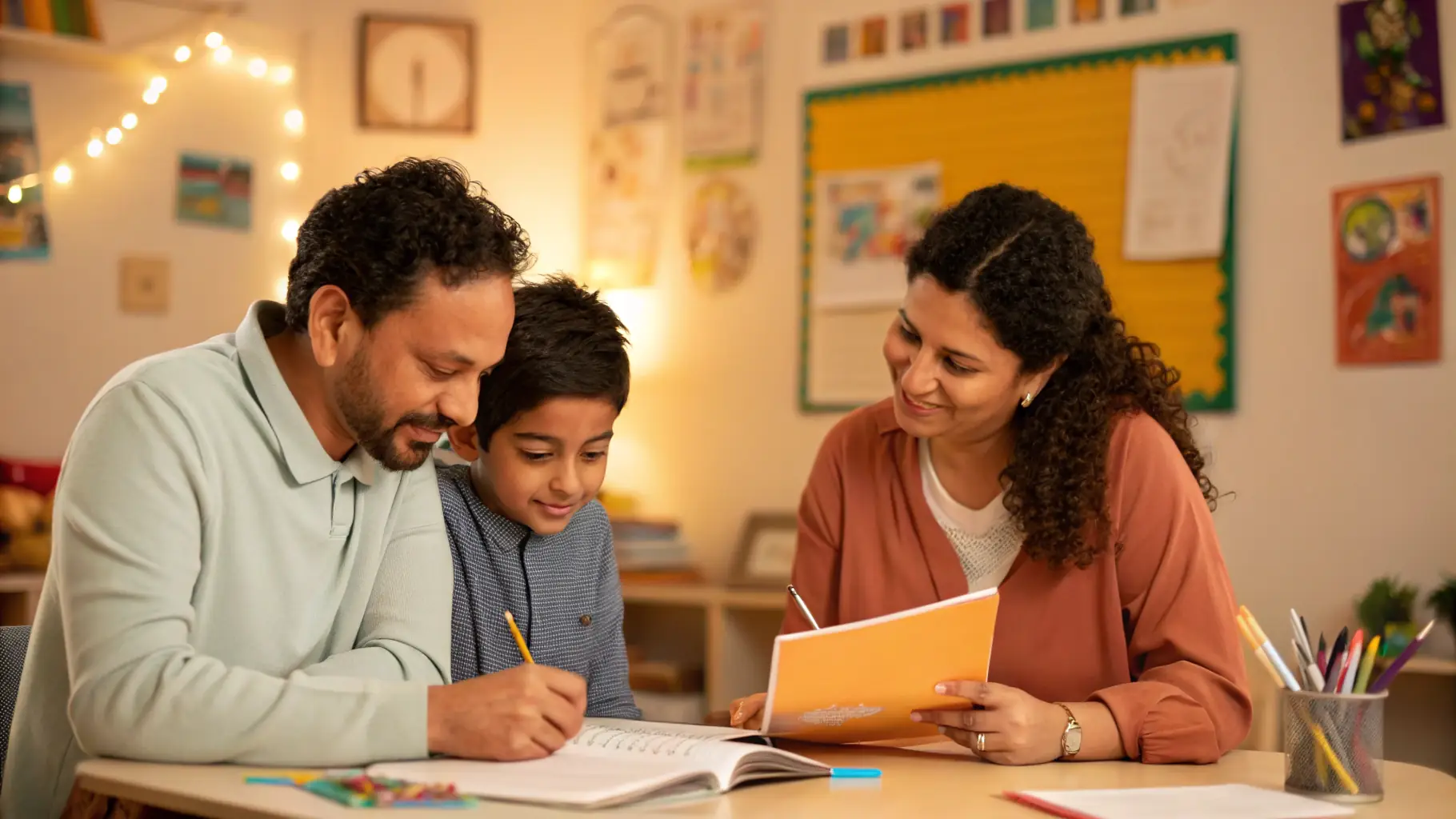Inclusive middle schools ensure that all students, regardless of their abilities or backgrounds, have access to the same learning opportunities. Inclusion fosters a sense of belonging and community among students, which is essential for their social and emotional development. By embracing inclusion, educators create a more equitable learning environment that values diversity and promotes understanding.
The benefits of inclusion extend beyond the classroom. Inclusive practices lead to improved academic outcomes for all students, not just those with disabilities. When students learn alongside their peers, they develop essential social skills and empathy, which are crucial for their future interactions in society. Furthermore, inclusive classrooms encourage collaboration and teamwork, preparing students for real-world challenges where diverse perspectives are valued.
The First Peoples’ Principles of Learning echo and deepen inclusive education principles, and are therefore used concurrently.
The First Peoples’ Principles of Learning are as follows:
- Learning ultimately supports the well-being of the self, the family, the community, the land, the spirits, and the ancestors.
- Learning is holistic, reflexive, reflective, experiential, and relational (focused on connectedness, on reciprocal relationships, and a sense of place).
- Learning involves recognizing the consequences of one‘s actions.
- Learning involves generational roles and responsibilities.
- Learning recognizes the role of Indigenous knowledge.
- Learning is embedded in memory, history, and story.
- Learning involves patience and time.
- Learning requires exploration of one‘s identity.
- Learning involves recognizing that some knowledge is sacred and only shared with permission and/or in certain situations.




